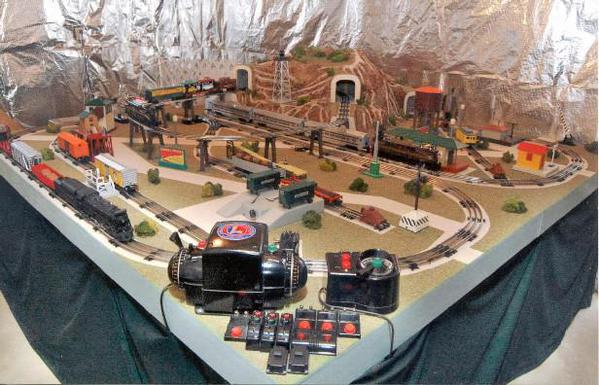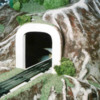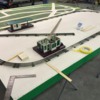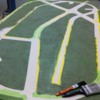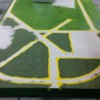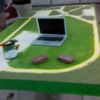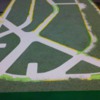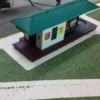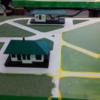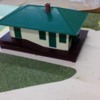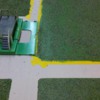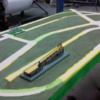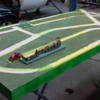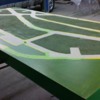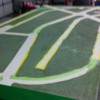Hey all, a week or so ago I posted asking for info on the D-148 and got some great help on it. The plan was to work on building it in two weeks when my spring break starts, but I got an early start this weekend with an impromptu trip home.
After getting info on the D148, I decided to build a 106 because I already have most of the accessories that are found on the display. Then I went to Lowe's to get supplies with my father and realized how big an 8x8 is. I'm only going to be able to build one of these things, at least for a while, so I might as well go with the more appealing design in my eyes, so back to the 148 it was.
My father was a carpenter a good deal of his life and is a pretty good craftsman, so building the surfaces was a breeze. We went with 1x4s like the original designs had, but used 1/4 instead of the original 3/8s plywood in building the benchwork. This was done to provide a lighter set of benches for easily moving them, as I'll be all over the place the next few years between schooling and starting a career. I was concerned the 1/4" would be too flimsy, but he selected sheets he was happiest with out of the strongest affordable material they had in the store (don't remember the type of wood immediately).
I bought a rattle-can green that we painted the trim on the benchwork with that is an astonishingly close match to the bright green used on dealer displays early in the postwar years. I like how bright and fun it makes the displays look, even if it isn't technically correct for the 148 (would have been if I stayed with the 106). We also built a control panel extension that is angled like found on the 106, rather than mounting all the transformers etc on a corner of the board like on the 148 originally. It makes the controls seem a bit more "official" in my mind, and gives me a corner on which I can mount an accessory (probably a 455 oil derrick my GF's father had that he gave me over Christmas holiday when I started getting back into railroading more).
The plan now is to paint the table tops, sprinkle the sawdust for "grass," and build the mountain over my spring break. And keep collecting accessories, of course.
To guys that have built postwar layouts, what colors have you found closest to the original road surface or the green below the faux grass? I can't find a tan I'm happy with, and the grass green I'm iffy on as well.
I'm sorry to say I failed to get pictures of everything, but this post will be ongoing with progress and pictures moving forward. Thanks for taking time to read it.









